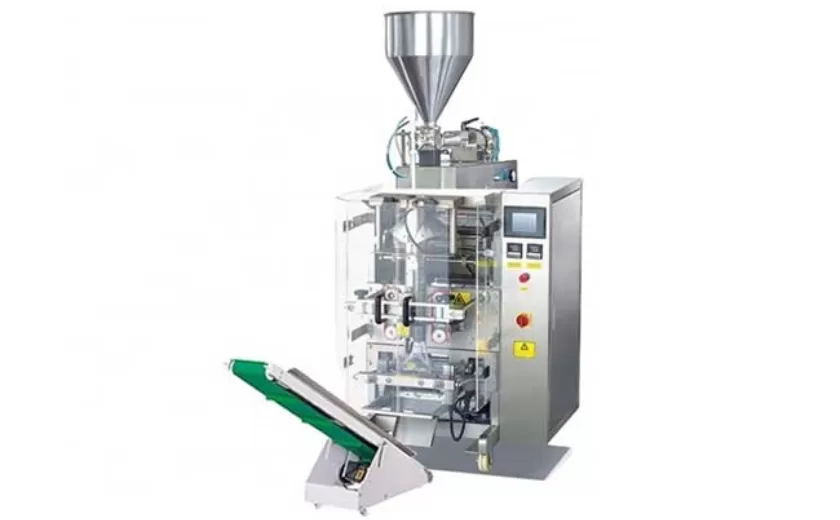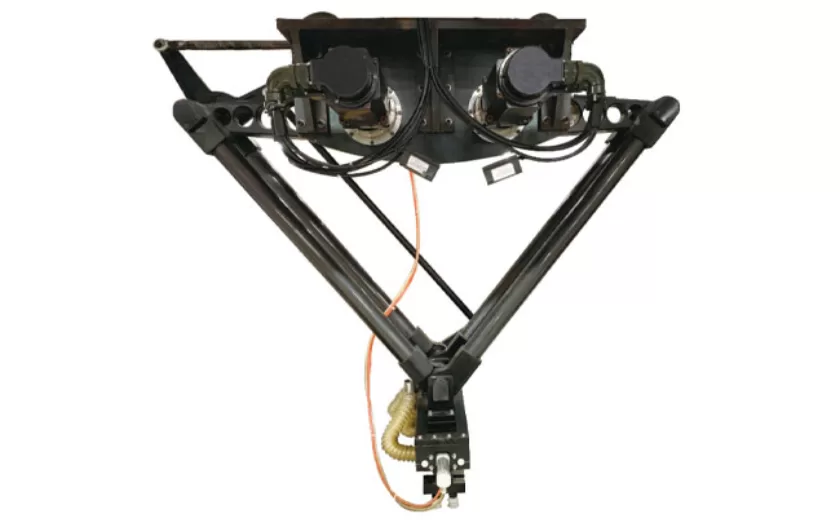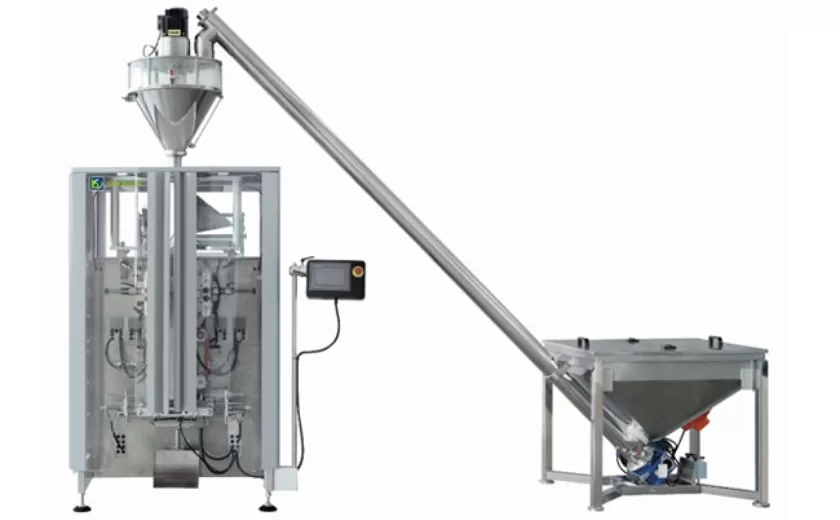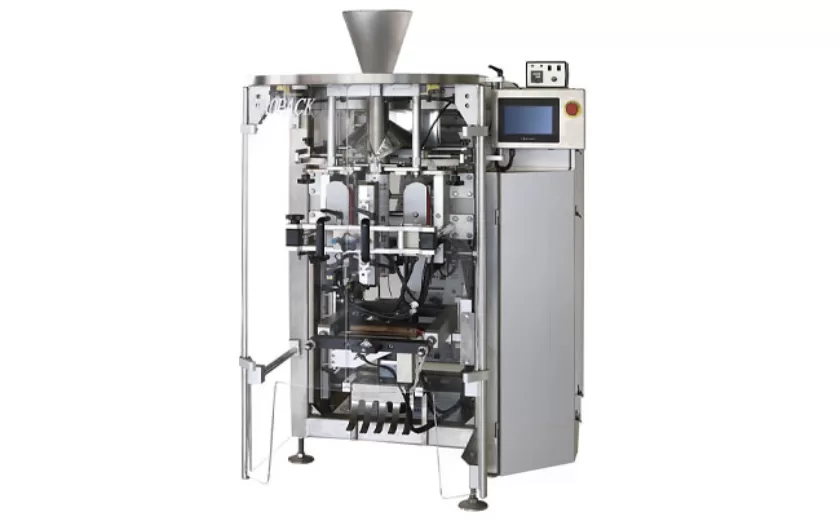The Future of Pure Water Packaging- Trends and Innovations
The global pure water market is estimated to be worth over USD 250 billion and is projected to grow exponentially over the next decade. As consumers become increasingly aware of the importance of hydration and the detrimental effects of plastic pollution, the demand for sustainable and innovative water packaging solutions is on the rise. This article explores the future of pure water packaging, highlighting key trends and innovations that are shaping the industry.
Eco-Friendly Materials
The rise of environmental consciousness has led to a surge in demand for eco-friendly water packaging materials. Biodegradable and compostable plastics, such as polylactic acid (PLA) and biodegradable polyethylene terephthalate (B-PET), are becoming increasingly popular alternatives to traditional plastics. These materials break down naturally in the environment, reducing plastic waste and promoting sustainability.
Smart Packaging
Advanced technologies are being integrated into water packaging to enhance user experience and convenience. Smart bottles equipped with sensors can monitor water consumption, temperature, and purity, providing consumers with real-time hydration data. Some smart bottles even feature built-in filtration systems that purify tap water, eliminating the need for disposable plastic bottles.
Personalized Packaging
Consumers are increasingly seeking personalized products that cater to their individual needs and preferences. Water packaging companies are responding to this trend by offering customizable options, such as personalized labels, designs, and flavors. This allows consumers to create water bottles that reflect their unique style and preferences.
Functional Packaging
The future of water packaging also involves exploring functional benefits beyond hydration. Bottles infused with electrolytes, minerals, or vitamins are becoming popular as a convenient way to replenish essential nutrients and support overall well-being. Packaging with antimicrobial properties can extend water’s shelf life and reduce the risk of bacterial contamination.
Circular Packaging
Circular packaging models aim to minimize waste and promote resource efficiency. Water companies are implementing closed-loop systems where used packaging is collected, recycled, and reused to create new bottles. This approach reduces the environmental footprint of water packaging and contributes to a more sustainable circular economy.
Sustainable Distribution and Logistics
The transportation and distribution of water also play a significant role in the industry’s sustainability. Companies are exploring alternative modes of transportation, such as electric vehicles and rail, to reduce carbon emissions. Optimizing logistics and reducing packaging size can further minimize the environmental impact of water distribution.
The future of pure water packaging is characterized by a focus on sustainability, innovation, and personalization. The adoption of eco-friendly materials, smart technologies, personalized designs, functional benefits, and circular packaging models is transforming the industry. As companies continue to push the boundaries of innovation, we can expect even more groundbreaking developments that will revolutionize the way we hydrate and protect our environment.
-

Advanced Packing Solutions: Snacks, Sugar, and Frozen Food Machines
29-10-2025 -

Efficient and Reliable Solutions for Salt, Nuts, and Frozen Dumplings Packing
29-10-2025 -

High-Performance Biscuits, Lollipop, and Ketchup Packing Machines for Modern Food Production
29-10-2025 -

Efficient Liquid Filling and Packing Machines for Modern Production
23-10-2025 -

Reliable Granule Packaging Machines for Efficient Production
23-10-2025 -

Efficient Auger Powder Filling Machines for Accurate Packaging
23-10-2025 -

High-Performance Liquid Filling and Packing Machines for Hygienic Production
10-10-2025 -

High-Efficiency Granule Packaging Machines for Precision and Speed
10-10-2025 -

High-Precision Auger Type Powder Filling Machines for Efficient Packaging
10-10-2025 -

Efficient Vertical Form Fill Seal Packaging Machines for Smart Production
10-10-2025





